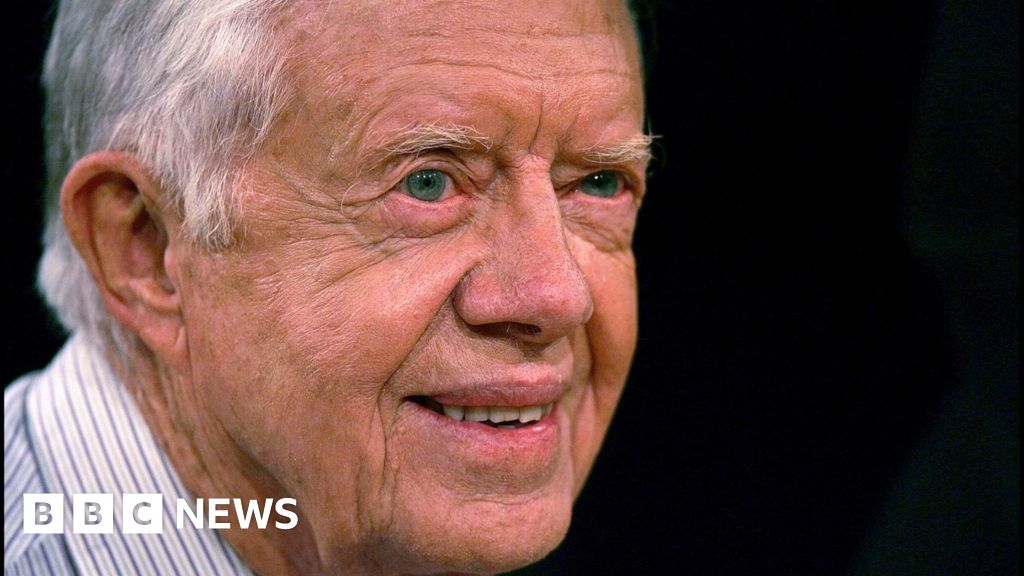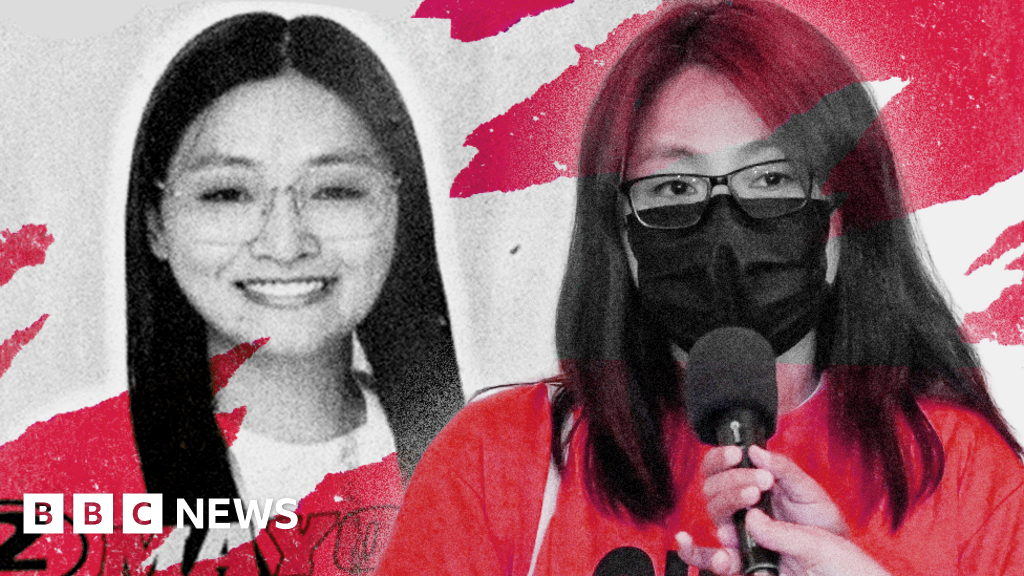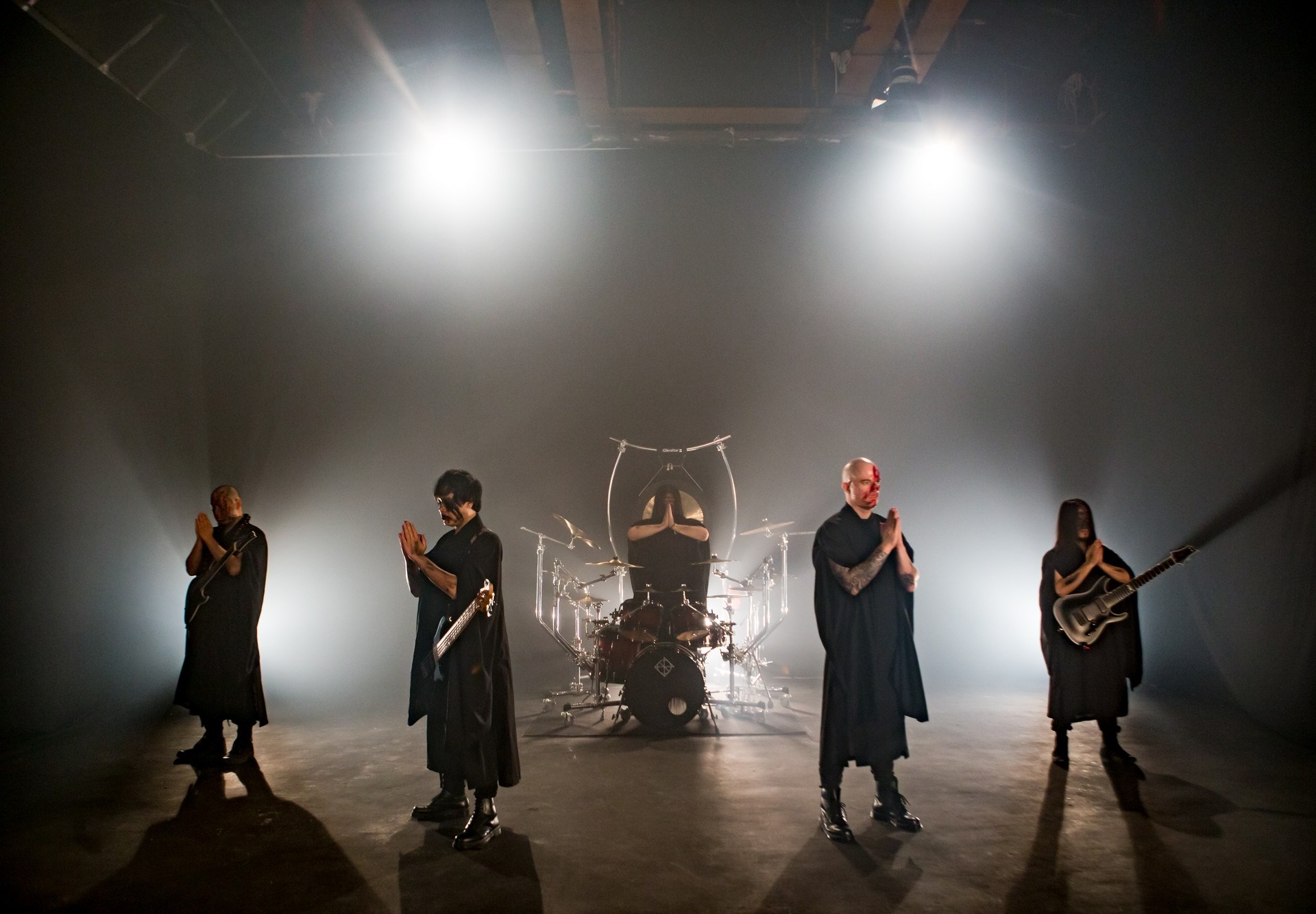Pope Benedict XVI’s health ‘serious’ but ‘stable,’ Vatican says
“We’ve had him like a grandfather living behind the church,” said Mountain Butorac, an American who lives in Rome and guides Catholic pilgrimages. “And now we’re about to lose him.”
The Vatican’s announcement Wednesday that Benedict’s health had worsened put the church on alert, and Catholics are bracing for the first papal death since 2005. Because Benedict is not a sitting pope, his death won’t lead to a conclave and won’t cause the same immediate upheavals. But it has become a moment for Catholics to reflect on a figure who has had a singularly enduring tenure, shaping numerous eras.
On Wednesday, Pope Francis described the pontiff as “very sick,” calling for prayers, while the Vatican said Benedict’s condition had “worsened.”
The Vatican said Thursday that the situation was “serious” but “stable.”
“The Pope emeritus managed to rest well last night, and he is absolutely lucid and alert,” the Vatican said. “Pope Francis renews his invitation to pray for him and to accompany him in these difficult hours.”
Francis, who had met with Benedict on Wednesday, carried on with a usual day of meetings, according to a schedule released by the Vatican.
In the Corriere della Sera newspaper, Massimo Franco, a journalist who has interviewed Benedict and written a book about his post-pontificate, said Benedict is at a monastery within the Vatican with his longtime aide and several consecrated lay women. Franco said Benedict has been unable to speak for months, but is clear-minded.
Butorac, who lives near the Vatican, said he went to bed Wednesday with a window cracked open in case church bells tolled for Benedict’s death.
Around St. Peter’s Square, television crews staked out positions. But otherwise, the grand piazza looked as it normally does: with tourists snaking in lines to enter St. Peter’s Basilica. It was the same square where Benedict, in 2005, had first greeted the Catholic world as pope from the basilica loggia, and where he had bid farewell in 2013 after his stunning abdication, thanking a huge crowd and saying, “I am truly moved.”
“I’m definitely thinking of him,” said Jake Heying, visiting Rome from Spencer, Iowa. Heying, an accountant, said he identifies as a traditionalist Catholic and appreciated how Benedict held the line on church teaching. “To me, we need that as a church. Francis has taken things in a diametrically opposite direction.”
But Benedict leaves a complicated legacy. He was both preceded and succeeded by popes with more charisma and greater success at engaging with the non-Catholic world. He focused his travels primarily in Europe, never visiting Asia, and drew criticism for appointing cardinals representing the religion’s old base rather than its new ones.
Even in his home country of Germany, he wasn’t beloved. When he addressed the German parliament in 2011, dozens of lawmakers objected to the idea that he would be given a political platform and boycotted the event, while thousands outside protested the way he was leading the church.
“It was great to have a German pope,” said Ulrike Maiweg, a German and a Lutheran who was visiting St. Peter’s on Thursday. “But there are so many things in the church that must change. And nobody wants to do it.”
Victims of clerical abuse regularly accused Benedict of failing to grasp the systemic nature of the problem. Even in Francis’s tenure, the problems have not been solved; the pope drew up new rules for handling claims and holding bishops to account, but they have been applied unevenly and with little transparency.
And in retirement, Benedict has not been able to escape scrutiny for his actions. An explosive Vatican report into the church’s handling of defrocked cardinal Theodore McCarrick, released in 2020, showed Benedict as being aware of allegations against McCarrick but seeking to handle them quietly and out of public view. More recently, a church-commissioned report in Germany said Benedict had mishandled several cases during his time as archbishop of Munich, from 1977 until 1982.
In a statement, the Survivors Network of Those Abused by Priests said Benedict had been “more concerned about the church’s deteriorating image and financial flow to the hierarchy versus grasping the concept of genuine apologies followed by true amends to victims of abuse.”
The last time a pope neared death, the emotions — and consequences — were more momentous and brought the Catholic world to a standstill. As the Vatican over days in 2005 issued increasingly ominous warnings about John Paul II — saying that he was being fed through a nasal tube, that his kidneys and circulation were failing — Catholic faithful flooded into St. Peter’s Square, a spontaneous mass vigil that accompanied many similar gatherings around the world. When a Vatican official relayed the news of John Paul’s death to pilgrims, there were 60,000 people in the Vatican square.
Whereas the Vatican in 2005 released intimate details about the care for John Paul in his final days, the church this time has had little to say, including which doctors are treating Benedict and whether last rites have been administered.
There is at least one commonality between this period and the days leading up to John Paul’s death: a special evening Mass at St. John’s Lateran Basilica. In Benedict’s case, the Mass is scheduled for Friday evening. Francis is not set to attend, with the service being led instead by Cardinal Angelo De Donatis.
The church maintains elaborate rituals for handling a pope after death, though it remains to be seen how many of those traditions will be applied to Benedict, an ex-pope. After a papal death, there is a nine-day mourning period, and Benedict’s body will presumably lie in state before the funeral. Vatican watchers expect that Francis will preside over the funeral.
Check out our Latest News and Follow us at Facebook
Original Source







